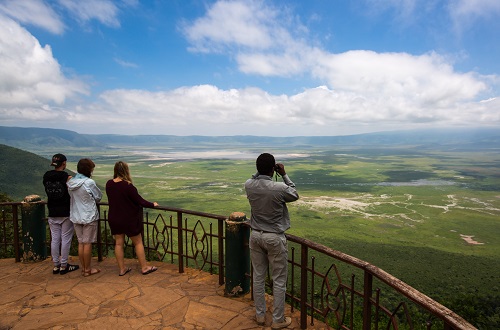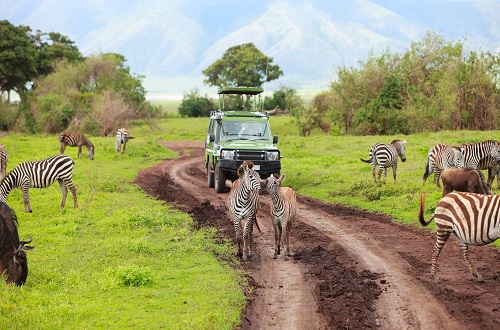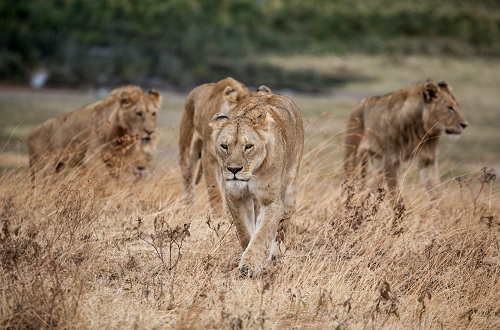
Ngorongoro Crater is a breathtaking natural wonder located in northern Tanzania. It is a UNESCO World Heritage Site and forms part of the larger Ngorongoro Conservation Area, which spans over 8,000 square kilometers (3,100 square miles). The crater itself is the world's largest unbroken, unflooded caldera, measuring about 20 kilometers (12 miles) in diameter, and has become a haven for wildlife and a significant tourist attraction.
Best time to visit Ngorongoro Crater in Tanzania
Ngorongoro Crater can be visited year-round, but the dry season, from June to October, is considered the best time for wildlife viewing. During this period, the grass is shorter, and animals congregate around the available water sources, making them easier to spot.
Best Ngorongoro's key features and landscape
1. Caldera Formation
Ngorongoro Crater was formed millions of years ago when a massive volcano erupted and collapsed, creating the vast, bowl-shaped depression we see today. The caldera's walls rise steeply, reaching heights of up to 600 meters (1,968 feet) in some places.
2. Wildlife Abundance
The crater's unique geographic features have given rise to an exceptional concentration of wildlife, earning it the nickname "Africa's Garden of Eden." Visitors to Ngorongoro Crater have the opportunity to encounter a diverse range of animals, including the iconic "Big Five" (lions, elephants, buffalos, leopards, and rhinoceroses), as well as wildebeests, zebras, hyenas, cheetahs, and numerous bird species.
3. Conservation Success
Ngorongoro Crater is considered a conservation success story, as it provides a protected habitat for wildlife while also accommodating the pastoral Maasai people who have coexisted with the wildlife for centuries. The crater's unique conservation model balances the needs of both wildlife and the local community.

4. Flora and Fauna
The crater's floor is covered with lush grasslands, acacia woodlands, and seasonal swamps, providing essential resources for the resident herbivores and supporting a thriving ecosystem. The abundance of prey attracts a wide variety of predators, making it a perfect spot for game viewing.
5. Olduvai Gorge
Situated on the eastern side of the Ngorongoro Crater, Olduvai Gorge is an archaeological site of immense significance. It has yielded fossils and artifacts that provide essential insights into human evolution and is often referred to as the "Cradle of Mankind."
Best Tanzanian Ngorongoro Crater activities
1. Game Drives
Game drives are the primary activity for visitors to Ngorongoro Crater, offering unparalleled opportunities to witness the incredible diversity of wildlife within the caldera's confines.
2. Cultural Visits
Cultural tours to Maasai villages within the conservation area provide a chance to learn about the traditional lifestyle, customs, and unique way of life of the Maasai people.
3. Hiking and Walking Safaris
Guided walking safaris along the crater rim or into the surrounding highlands allow visitors to experience the stunning landscapes and observe the smaller flora and fauna.

Ngorongoro Crater's conservation efforts
Ngorongoro Crater and the larger Ngorongoro Conservation Area are managed with a strong focus on conservation and sustainable tourism. Efforts are made to protect the delicate ecosystem and preserve the unique balance between wildlife and human activities.
We are available 24/7
Let us plan your safari tour in Ngorongoro Crater
